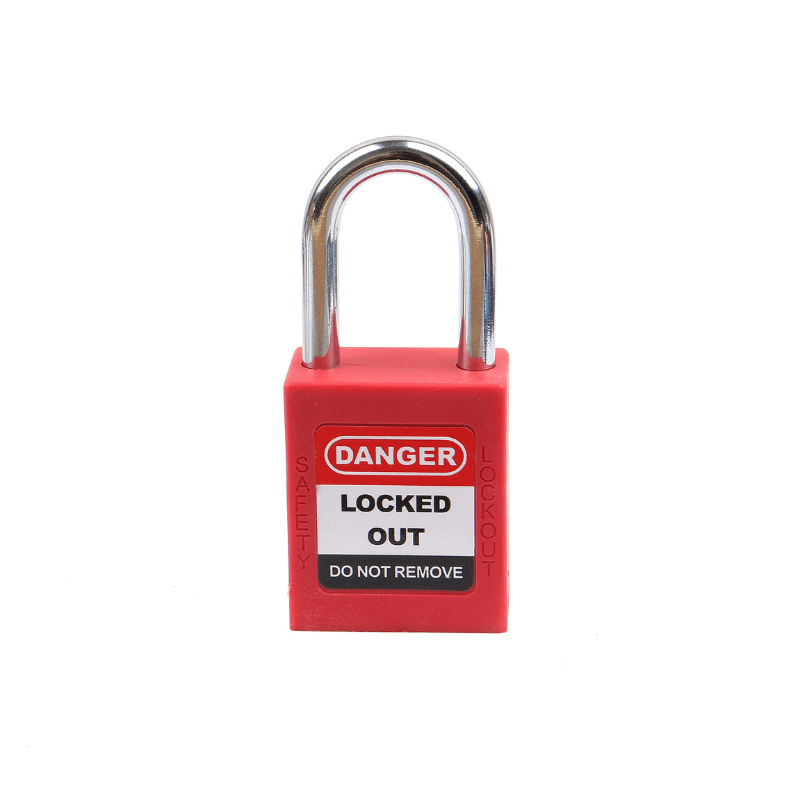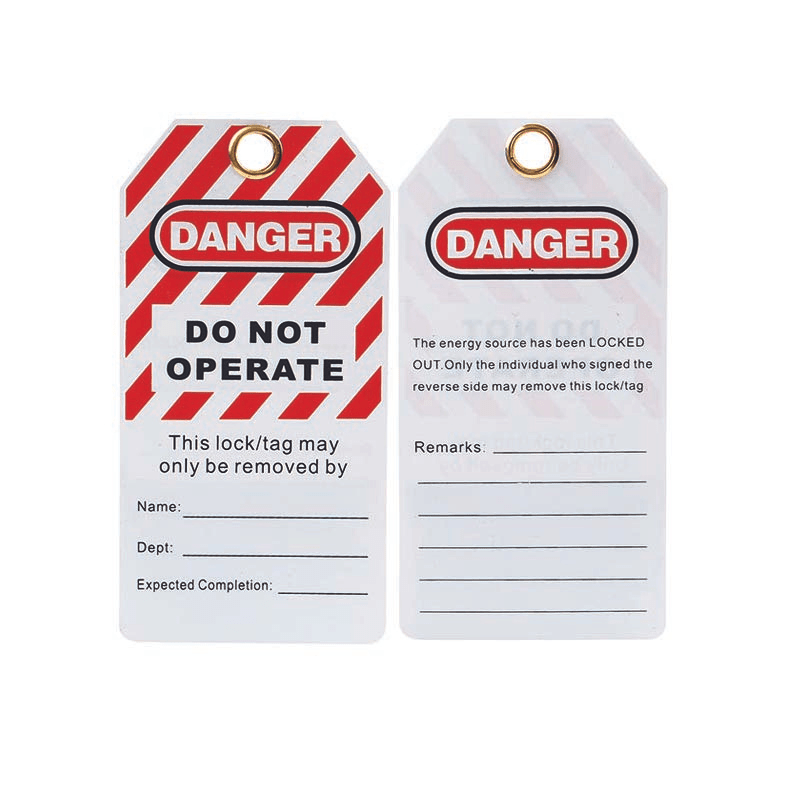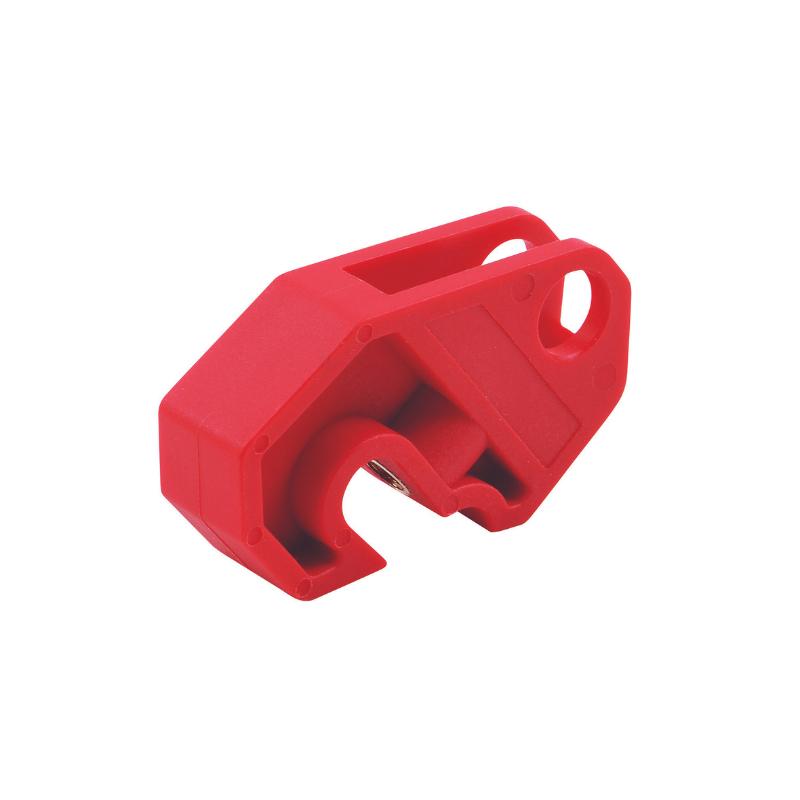Safety is a top priority for any organization and safety signage plays a crucial role in creating a safer work environment. Safety signage serves as a visual reminder of the hazards present in the workplace, and how to avoid them.
In this 3 part blog post, we will explore the importance of safety signage and how it improves safety on site. In Part 1 we will focus on the benefits on safety signage as well as best practices for designing and implementing safety signage on your site.
Benefits of Safety Signage
- Increase Safety Awareness - Safety signage helps to increase safety awareness in the workplace by providing employees with a constant reminder of the hazards present and how to avoid them. This increased awareness can help to reduce accidents and injuries.
- Prevent Accidents and Injuries - Safety signage helps to prevent accidents and injuries by providing clear warnings of potential hazards. This can help to reduce the likelihood of accidents and injuries in the workplace.
- Compliance with Safety Regulations - using safety signage helps to ensure compliance with safety regulations. Compliance with safety regulations is not only a legal requirement but also essential to maintaining a safe work environment.
- Boost Productivity and Efficiency - A safe work environment is essential for maintaining high levels of productivity and efficiency. Safety signage helps to create a safe work environment, which can lead to increased productivity and efficiency.
- Enhance Brand Reputation - Using safety signage can enhance a company's brand reputation by demonstrating a commitment to safety and the well-being of employees. This can help to attract and retain employees and customers.
- Reduce Legal Liability - Using safety signage can also help to reduce legal liability. Safety signage provides evidence that a company has taken steps to ensure the safety of its employees, which can help to defend against legal claims.
- Have Clear and Concise Messaging - Clear and concise messaging is essential for effective safety signage. The message should be easy to understand and convey the necessary information.
- Effective Use of Color, Symbols, and Text - The use of color, symbols, and text is essential for creating effective safety signage. Color and symbols can help to convey the message quickly and effectively, while text provides additional information.
- Proper Placement of Safety Signs - The proper placement of safety signs is crucial to ensure that they are visible and effective. Signs should be placed in areas where they are easily seen and should not be obstructed by other objects.
- Maintenance and Replacement of Safety Signs - Safety signs should be regularly maintained and replaced when necessary. Faded or damaged signs should be replaced to ensure that the message remains clear and effective.
- Employee Training on Safety Sign Recognition - Employee training on safety sign recognition is essential to ensure that employees understand the meaning of safety signs and how to respond to them.
In conclusion, safety signage is crucial for creating a safer work environment. It increases safety awareness, prevents accidents, boosts productivity and can even enhance brand reputation whilst reducing legal liability.
Following best practices for design and implementation, such as clear messaging, effective use of color and symbols, proper placement, maintenance, and employee training, enhances the effectiveness of safety signage. By prioritizing safety signage, organizations foster a culture of safety and protect their employees, resulting in a productive and secure workplace.
Interested in signage for your business? Click here to shop our safety and commissioning safety signage range! We also offer custom design and production service.



